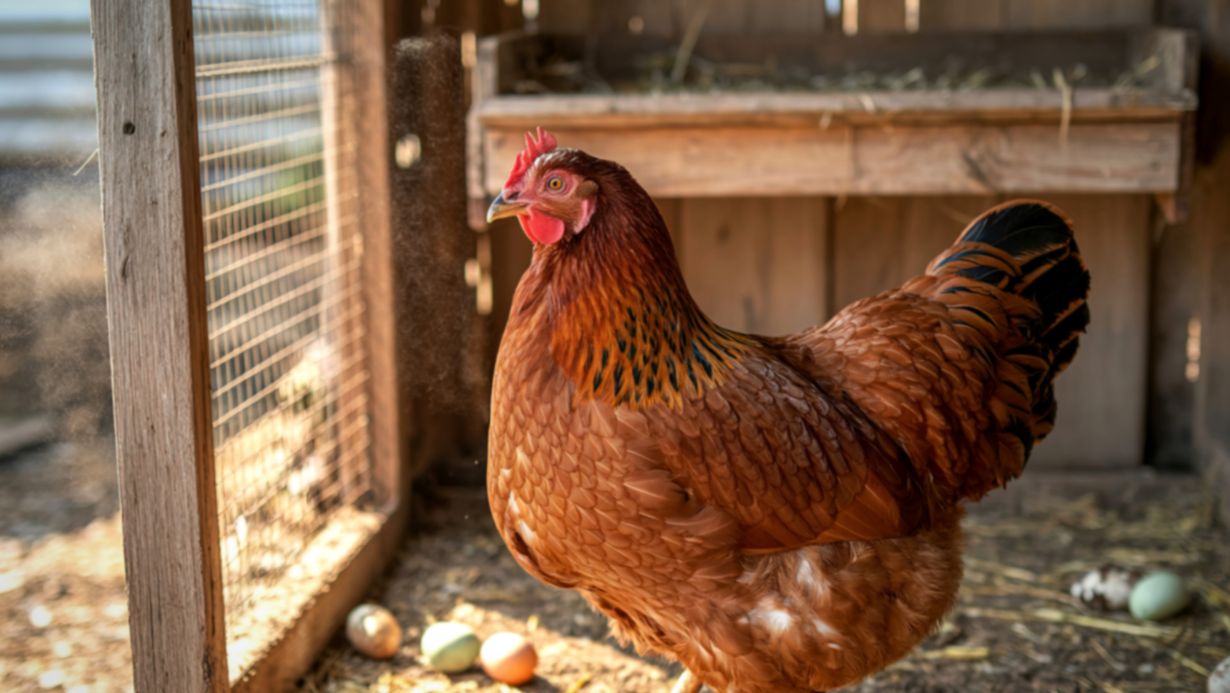Creating a balanced, health-conscious diet for your dog is one of the best ways to support their long-term well-being. Just like humans, dogs need the right combination of nutrients to maintain their health, energy levels, and overall happiness. With so many dog food options available, crafting a meal plan can feel overwhelming, but a few simple tips can help ensure your pup gets everything they need. Here’s a guide to designing a nutritious diet for your dog.
Table of Contents
ToggleFocus on High-Quality Protein Sources
Protein is a crucial part of a dog’s diet, supporting muscle growth, tissue repair, and immune health. Dogs are omnivores, but they have a high protein requirement that comes primarily from animal sources. Choose high-quality protein options such as chicken, turkey, beef, lamb, or fish, which provide essential amino acids that dogs can’t produce on their own.
When selecting dog food, look for a named protein source as the first ingredient, avoiding foods with vague labels like “meat meal” or “animal by-products.” If you’re crafting a homemade meal plan, consulting with a veterinarian or canine nutritionist can help ensure that you’re providing adequate protein. Including a variety of protein sources in your dog’s diet can also help prevent allergies and ensure a balance of nutrients.
Incorporate Fiber-Rich Foods to Support Digestion
Just as in humans, fiber plays an essential role in your dog’s digestive health. Fiber aids in digestion, helps maintain healthy bowel movements, and can even contribute to weight management by promoting fullness. Sources of dietary fiber include vegetables like carrots, sweet potatoes, and green beans, which add natural fiber and are easy for dogs to digest.
If your dog has digestive issues, a diet with fiber-rich foods can provide significant benefits. For instance, certain types of fiber can help improve gut health in dogs by promoting the growth of beneficial bacteria.

A balanced amount of fiber supports your dog’s microbiome, keeping their digestive system in check and reducing the risk of issues like constipation and bloating. Adding a fiber-rich supplement to your dog’s diet is an excellent way to boost fiber intake and promote healthy digestion.
Include Healthy Fats for Skin and Coat Health
Fats are essential in a dog’s diet, providing energy and supporting skin, coat, and brain health. Look for foods that contain omega-3 and omega-6 fatty acids, which are especially beneficial for maintaining a shiny coat and healthy skin. Salmon, flaxseed, and fish oils are excellent sources of omega-3 fatty acids and can be incorporated into a homemade meal plan or found in high-quality commercial dog foods.
While fats are important, it’s essential to provide them in moderation, as too much fat can lead to weight gain and related health issues. Consult with your veterinarian to ensure your dog’s diet contains the right amount of healthy fats, allowing you to avoid overfeeding while still supporting optimal skin and coat health.
Balance Carbohydrates for Energy
Carbohydrates are another important component in a dog’s diet, providing a steady source of energy. While dogs don’t have a strict requirement for carbohydrates, balanced carb sources such as rice, oats, or quinoa can support sustained energy levels and aid digestion. Carbohydrates also provide essential nutrients, vitamins, and minerals that contribute to overall health.
For dogs with sensitivities, consider opting for grain-free options like sweet potatoes or peas. Carbohydrates should generally make up a smaller portion of your dog’s diet, so it’s important to measure portions carefully to avoid unnecessary weight gain. Including complex carbohydrates can help your dog stay active, maintain stable energy throughout the day, and avoid blood sugar spikes.
Add Fruits and Vegetables for Added Nutrients
Fruits and vegetables aren’t just filler; they can add essential vitamins, minerals, and antioxidants to your dog’s diet. Vegetables like carrots, broccoli, and spinach are nutrient-dense and provide vitamins A, C, and K, which support immune health, vision, and bone strength. Fruits like blueberries and apples (without seeds) offer antioxidants and fiber, though they should be given in moderation due to their natural sugar content.

Including a range of colorful fruits and vegetables can help round out your dog’s diet, providing essential micronutrients that contribute to a strong immune system and healthy aging. However, avoid foods toxic to dogs, such as grapes, raisins, onions, and garlic, and always introduce new foods gradually to monitor for any adverse reactions.
Avoid Common Fillers and Artificial Ingredients
When selecting dog food or designing a homemade diet, it’s important to avoid common fillers and artificial ingredients that can detract from your dog’s nutrition. Many commercial dog foods use fillers like corn, wheat, and soy, which add bulk but provide minimal nutritional value. Additionally, artificial preservatives, flavors, and colors can cause digestive issues and potentially trigger allergic reactions.
Opt for dog foods that contain whole ingredients, free from additives, artificial colors, and unnecessary fillers. High-quality dog foods are formulated to support health, containing only what your dog needs for proper nutrition. Always read ingredient labels carefully to ensure that your dog’s food meets high standards for quality and nutrition, supporting a balanced and natural diet.
Crafting a health-conscious meal plan for your dog doesn’t have to be complicated. By focusing on high-quality protein, fiber, healthy fats, and nutrient-dense vegetables, you can create a diet that supports your dog’s unique health needs. Consulting with a veterinarian ensures that your meal plan is tailored to your dog’s breed, size, and age, allowing you to make adjustments as needed. With the right approach to nutrition, you can help your dog live a happier, healthier life, free from common dietary issues and enriched by balanced, nourishing food.





